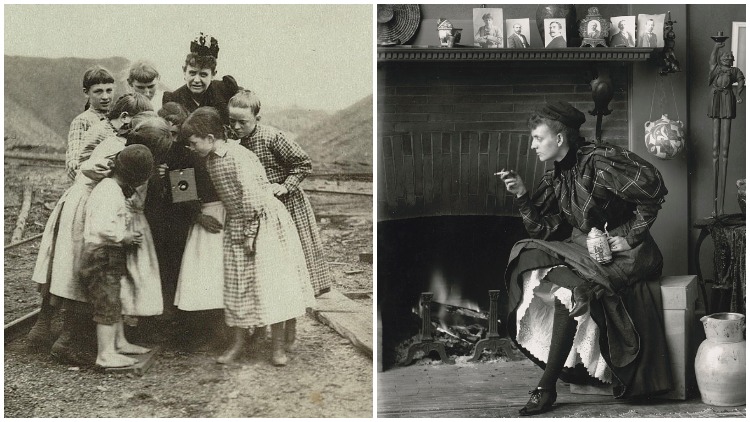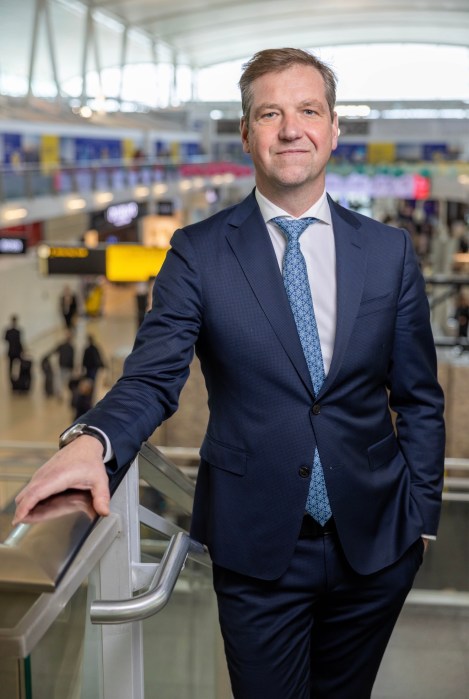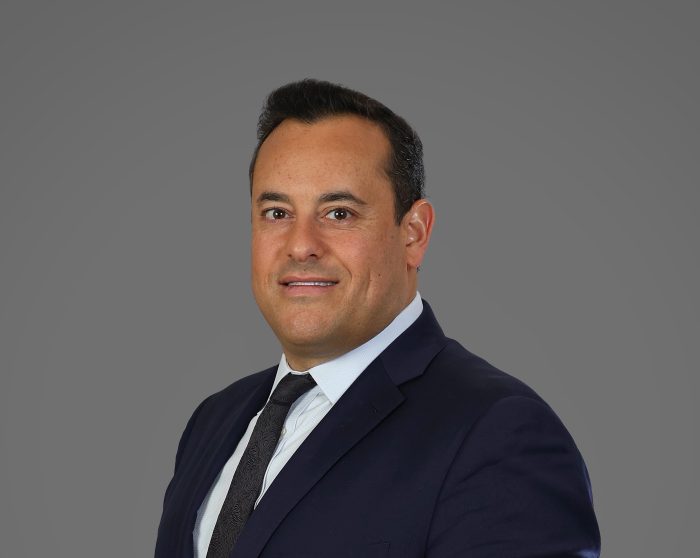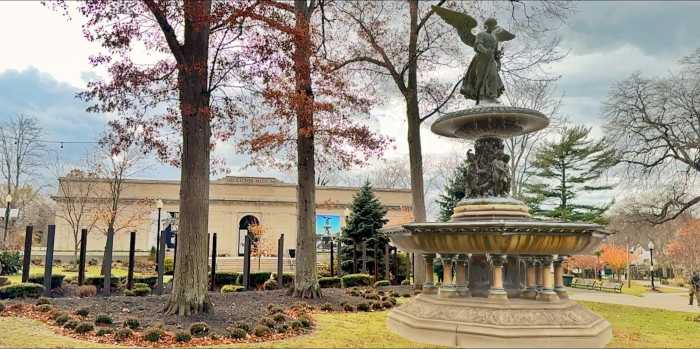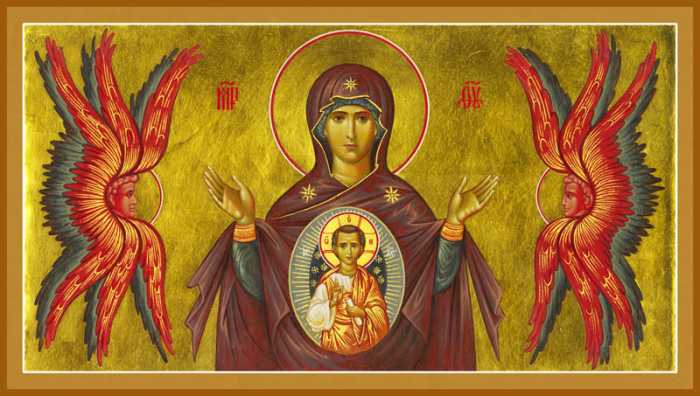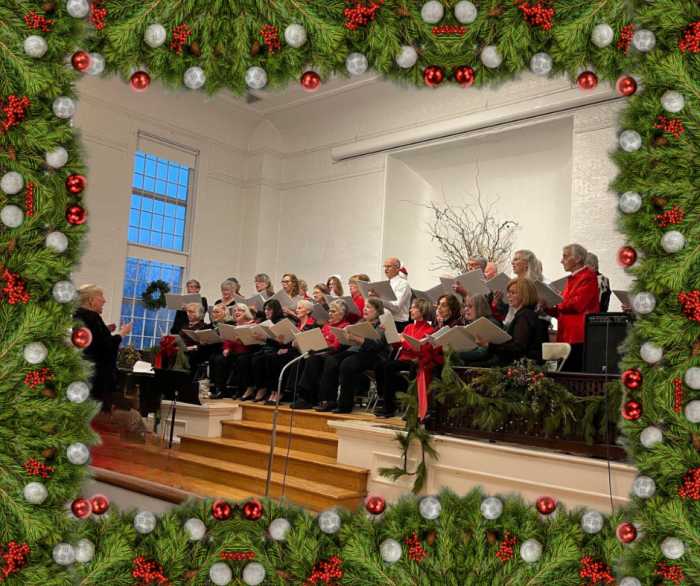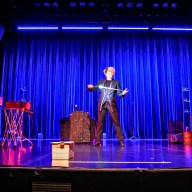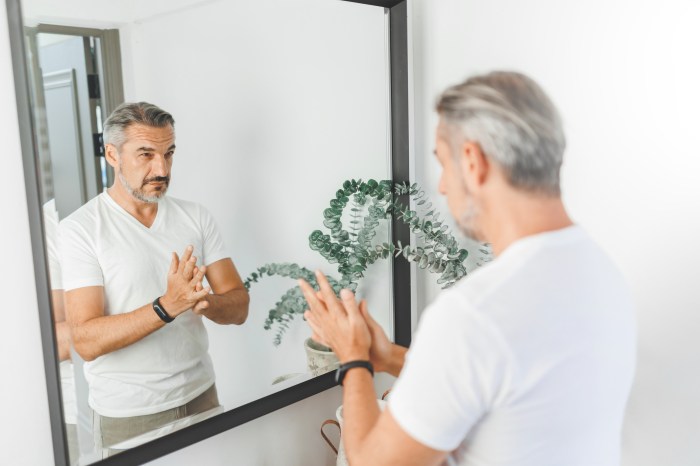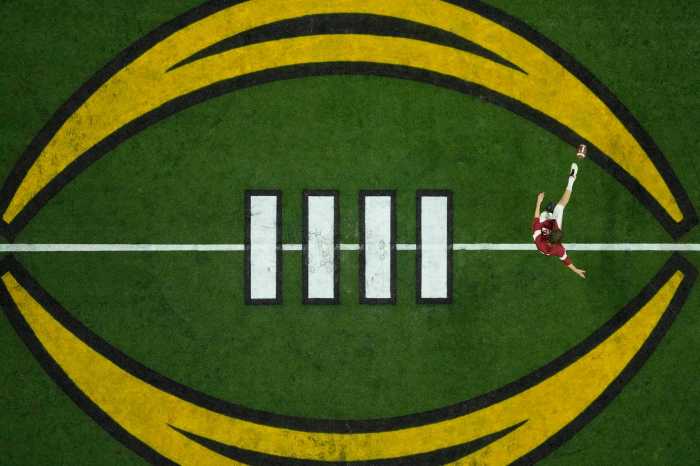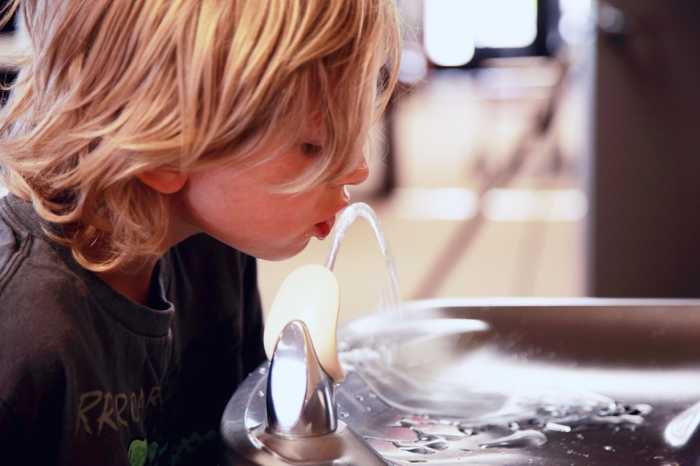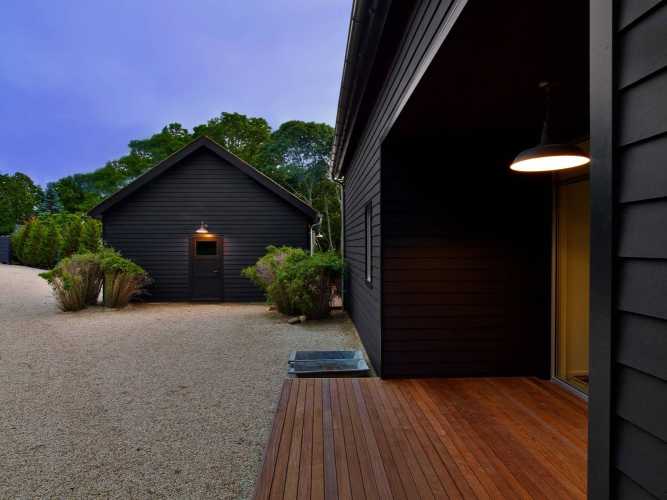Before tiny phones made point-and-click photos a no-brainer, a few artists shouldered bulky equipment to demonstrate their skill. But President Theodore Roosevelt was suspicious, even telling his children to run away from anyone approaching them with a camera.
Frances Benjamin Johnston earned his trust and he became the first president to be largely photographed. She photographed his daughter Alice Roosevelt with her pony, as a debutante, and at her wedding, and was allowed to sell portraits of Alice.
Johnston proved that a woman could master photography. She could also write. She could draw. She could paint. She could manage a successful business. She could — and did — write a published article, “What A Woman Can Do With A Camera.”
And, in 1930, she became the first woman exhibiting photos at the Library of Congress. During her 60 years as a photojournalist and portrait, architectural, and landscape photographer, she focused on Long Island’s famous Gold Coast, South Shore, and East End estates.
BLAZING TRAILS
Born in 1864, she learned to capture sights that no longer exist except on her film, showing how people beautified land and inhabited structures, from log cabins to classrooms to mansions.
Much of her drive can be attributed to her politically well-connected parents’ encouragement. Her mother, one writer said, “acted as if equal rights for women were already a fait accompli,” and was a successful Washington, D.C. journalist; her father was head bookkeeper in the Treasury Department. They praised her talent, supporting her art study in Paris in 1884 when she was 20. In 1884, she returned home, determined to support herself as a magazine illustrator and freelance photographer, a female in a male-dominated profession.
Victorian-era men believed that women could not handle weighty field cameras, afford expensive supplies and assistants, and were less talented. Johnston persevered, becoming the first woman to join the Washington, D.C. camera club. She processed her own glass negatives and in 1892 gained national recognition for mixing magnesium and potash to illuminate Mammoth Cave. She climbed onto boxcars and trucks to get the best shot.
In 1897, The New York Times ran her full-page spread of Mrs. Grover Cleveland and Ladies’ Home Journal published her article encouraging women to support themselves with photography. And yet, by 1898 there were only three women photographers in New York City. As one of the first photojournalists, she shot images to run with her articles.
In 1909, she had the idea of using electric spotlights to light the inside of New York City’s New Theatre. She developed what she called “color photo-transparencies,” similar to large slides that let light through. In Europe, she learned autochrome, an early color process. Her successful portraiture studio attracted clients such as Mark Twain and dance pioneer Isadora Duncan, and several administrations appointed her White House photographer.
As women campaigned to secure the vote and defy domesticity, she photographed suffrage activist Susan B. Anthony and arranged exhibits by American female artists. She flouted tradition, photographing herself dressed as a man. In 1896, another self-portrait showed her holding a beer stein and smoking a cigarette, skirt hiked up almost to her knees.
She never married, but socialized with other bohemians, traveled unescorted, and showed interest in nudes. She lived and worked with rising photographer Mattie Edwards Hewitt between 1913 and 1917 in New York, Johnston taking most of the photos and Hewitt doing the printing. They documented estates and gardens of the wealthy, such as Cold Spring Harbor’s Burrwood, Roslyn Harbor’s Willowmere, Glen Cove’s Pratt estates, East Hampton’s Grey Gardens, and others.
The letters the two exchanged reveal endearments such as, “Ah, I love you better than ever you know.” Some scholars call these friendly communications, others say they are rooted in physicality, “a clue to a greater, if submerged, lesbian subculture,” writes Bettina Berch in her University of Virginia biography of Johnston.
PRESERVING THE PALACES
In the late 1920s, Johnston documented Southern architecture and gardens, describing the work as having great “urgency.”
She wrote, “Many places are in a state of great dilapidation, with walls crumbing, roofs falling in, occupied by the poorest of the poor — tenants usually of indifferent owners; or by contrast more completely destroyed by so-called ‘improvements.’”
Because of her dedication, society can view many antebellum structures that were later razed. She kept exhibiting, publishing books and taking pictures; even into her 80s, she would lie on her back on a hard floor to get the right angle. She fell in love with the South, and moved to New Orleans around 1945; several years later she donated some 20,000 prints, including her photojournalism pieces, to the Library of Congress.
She passed away in 1952 at age 88.




